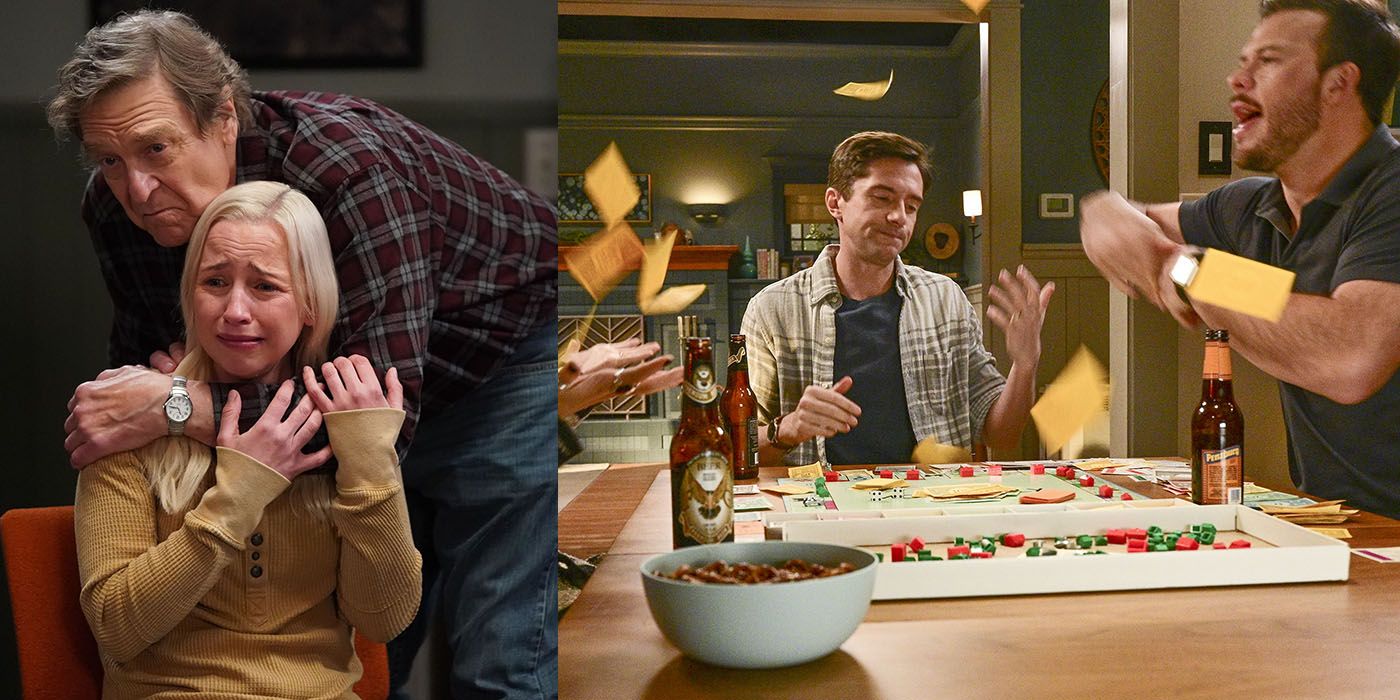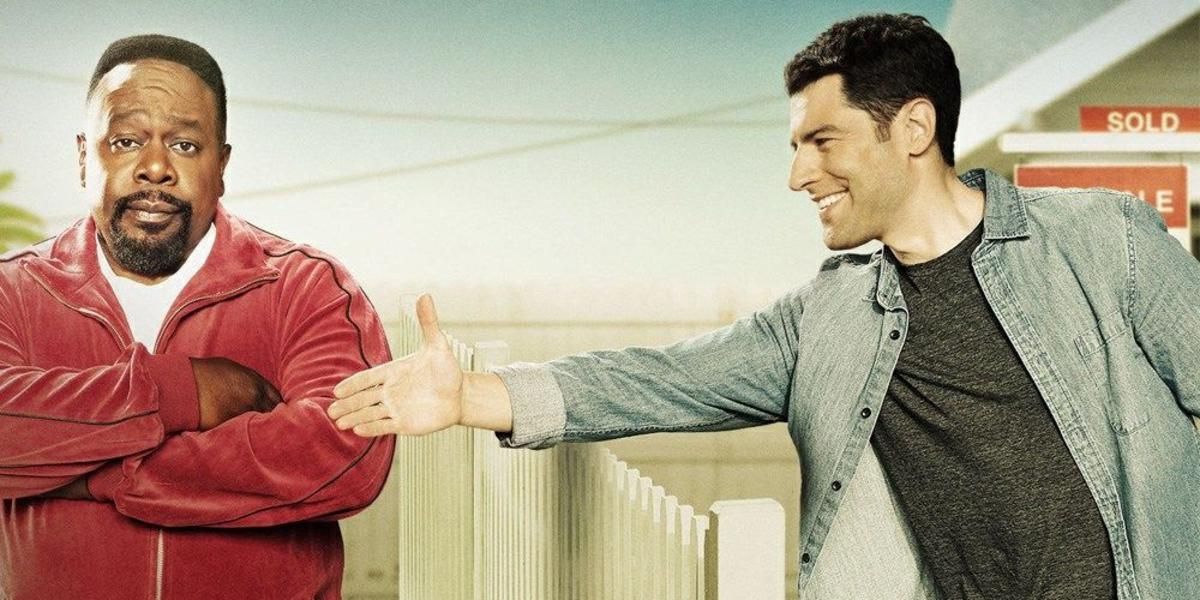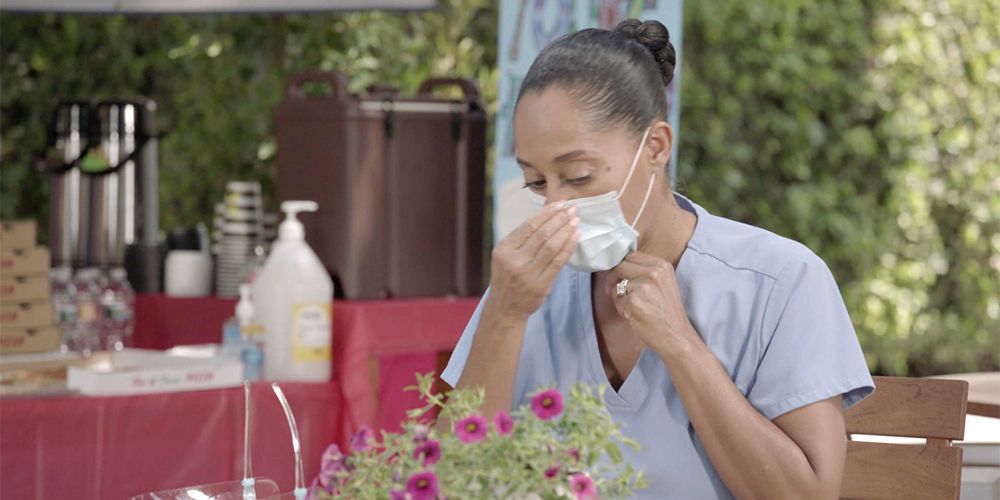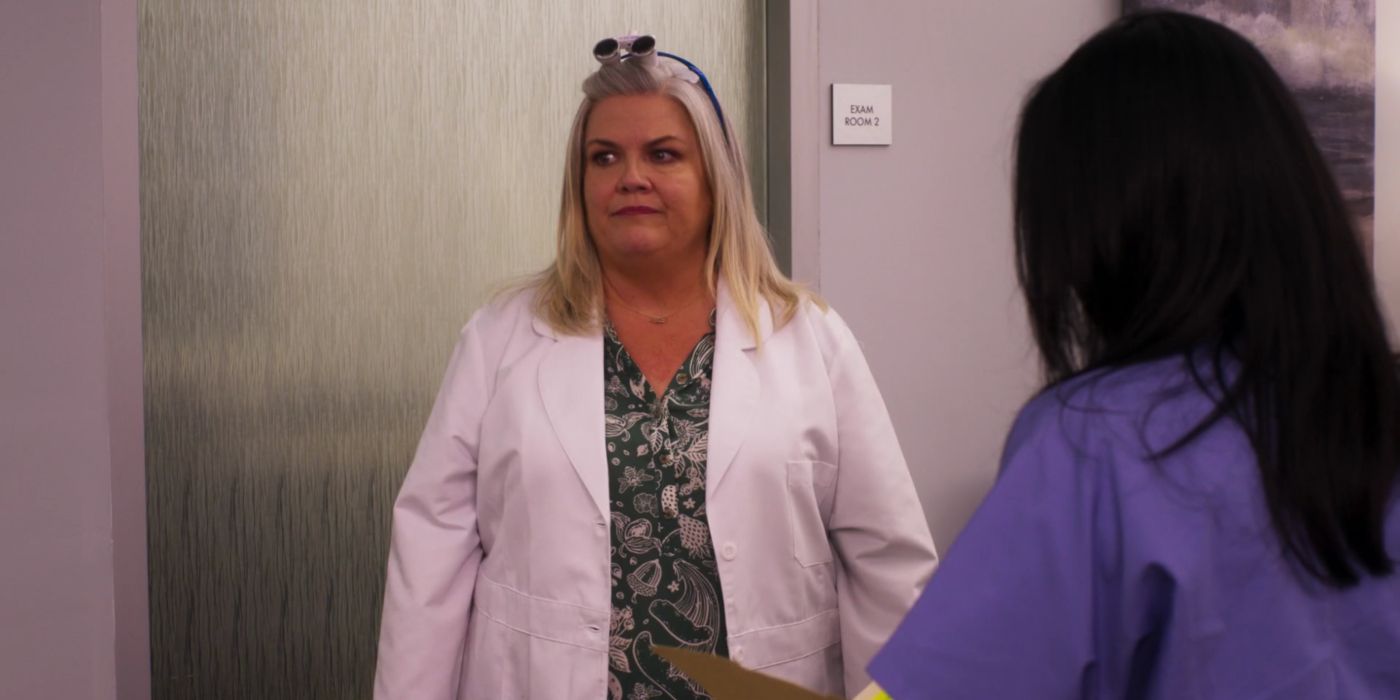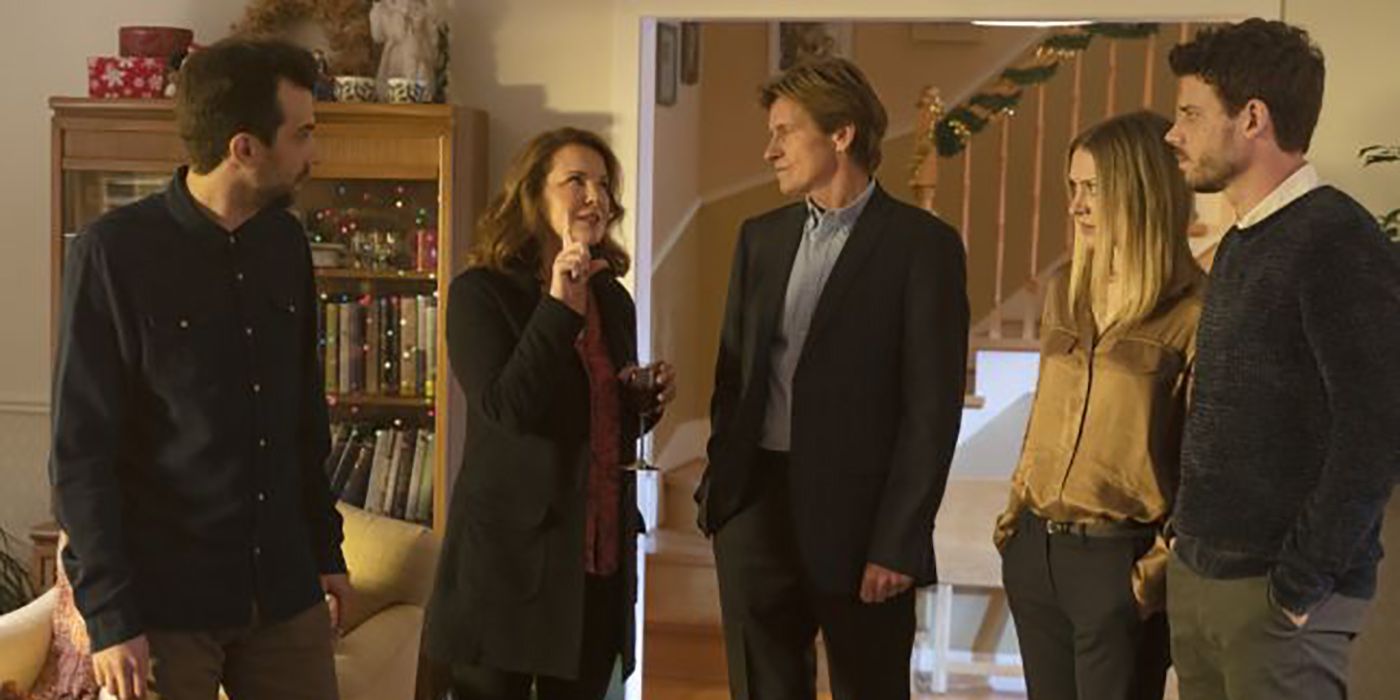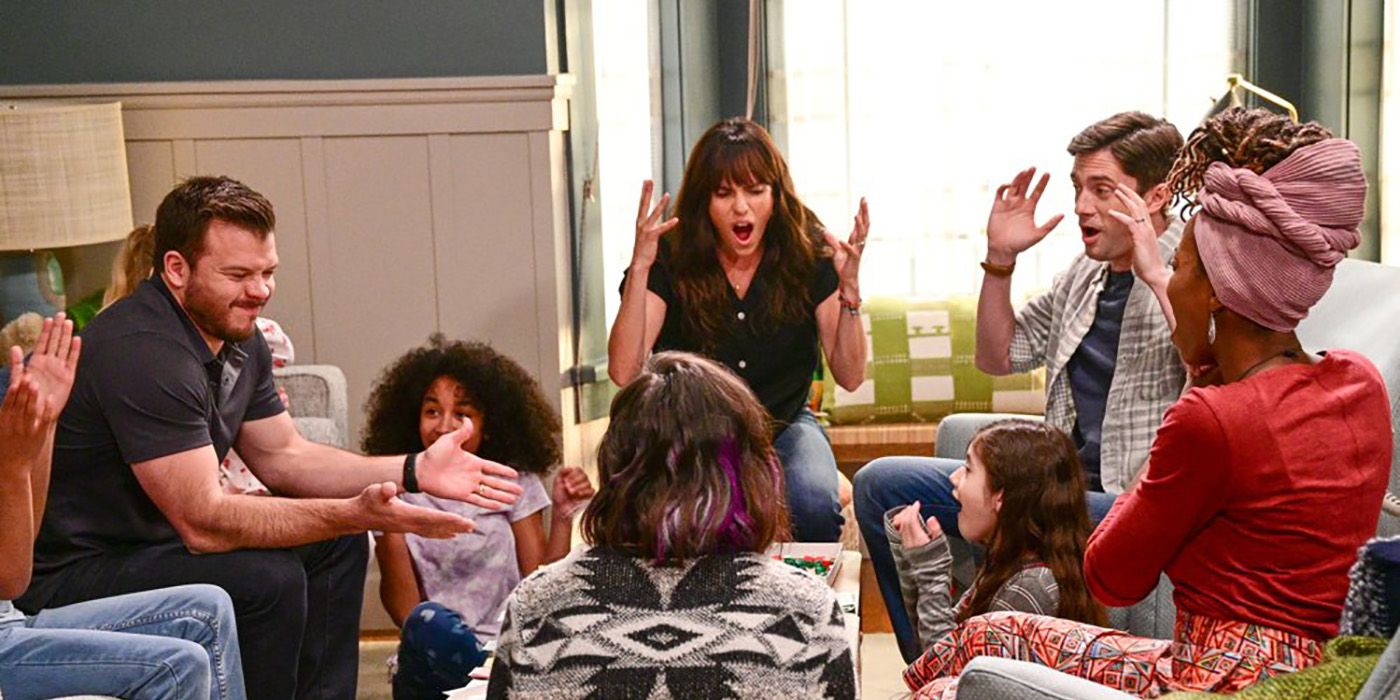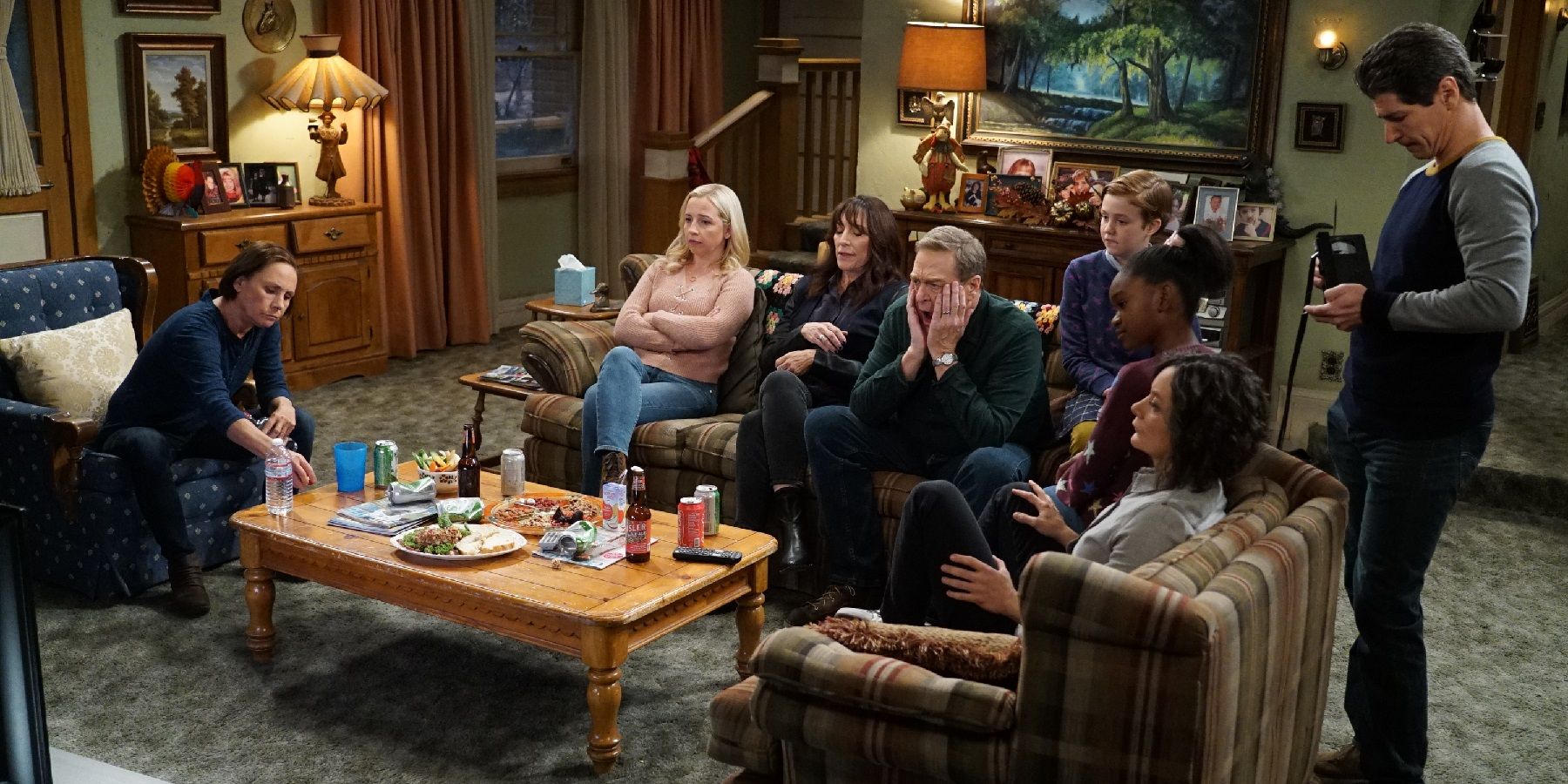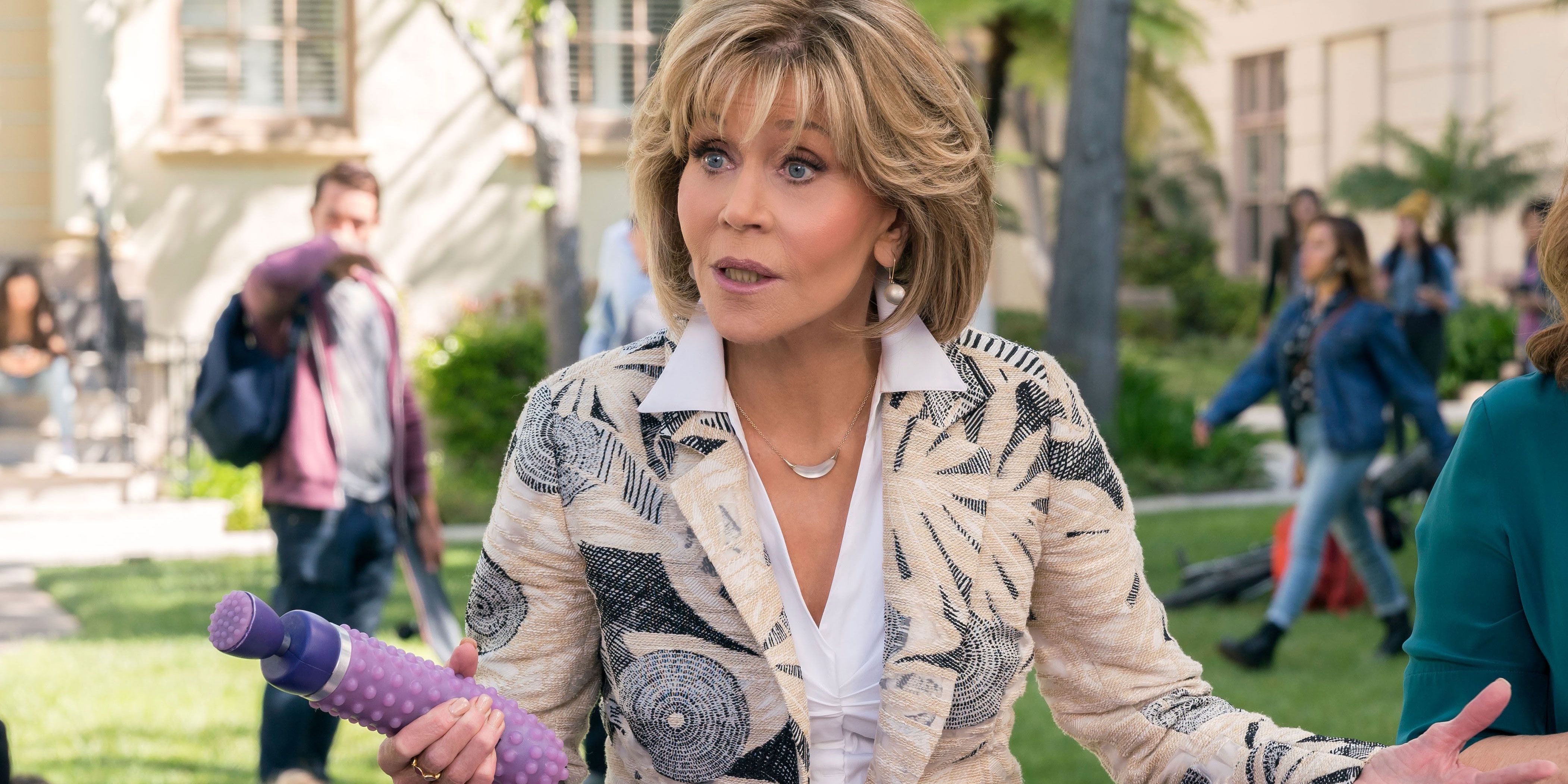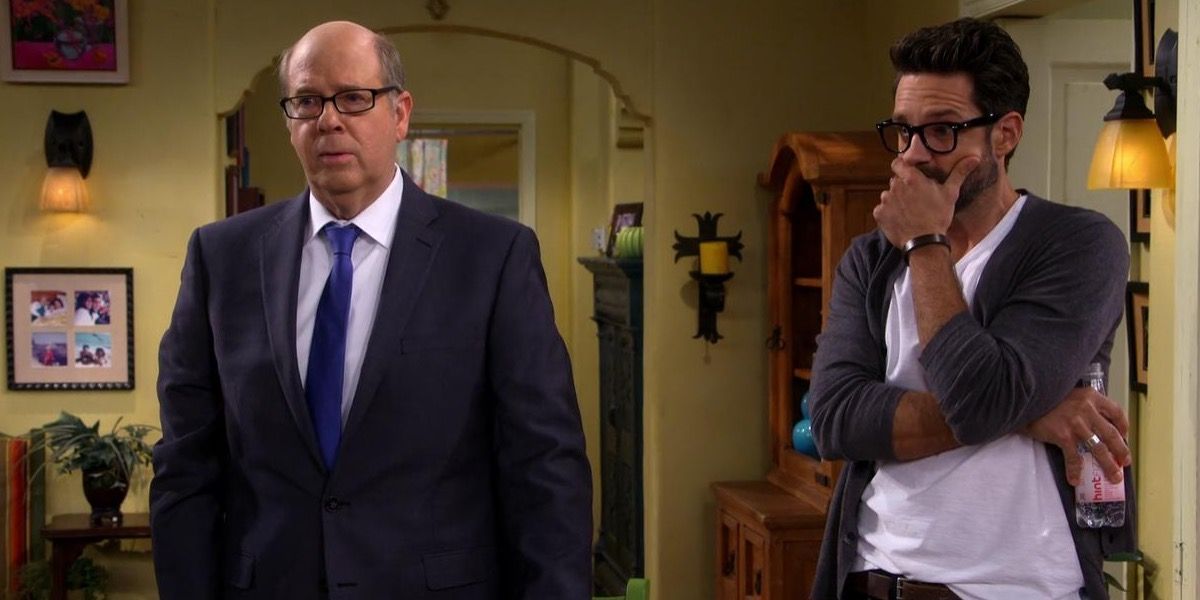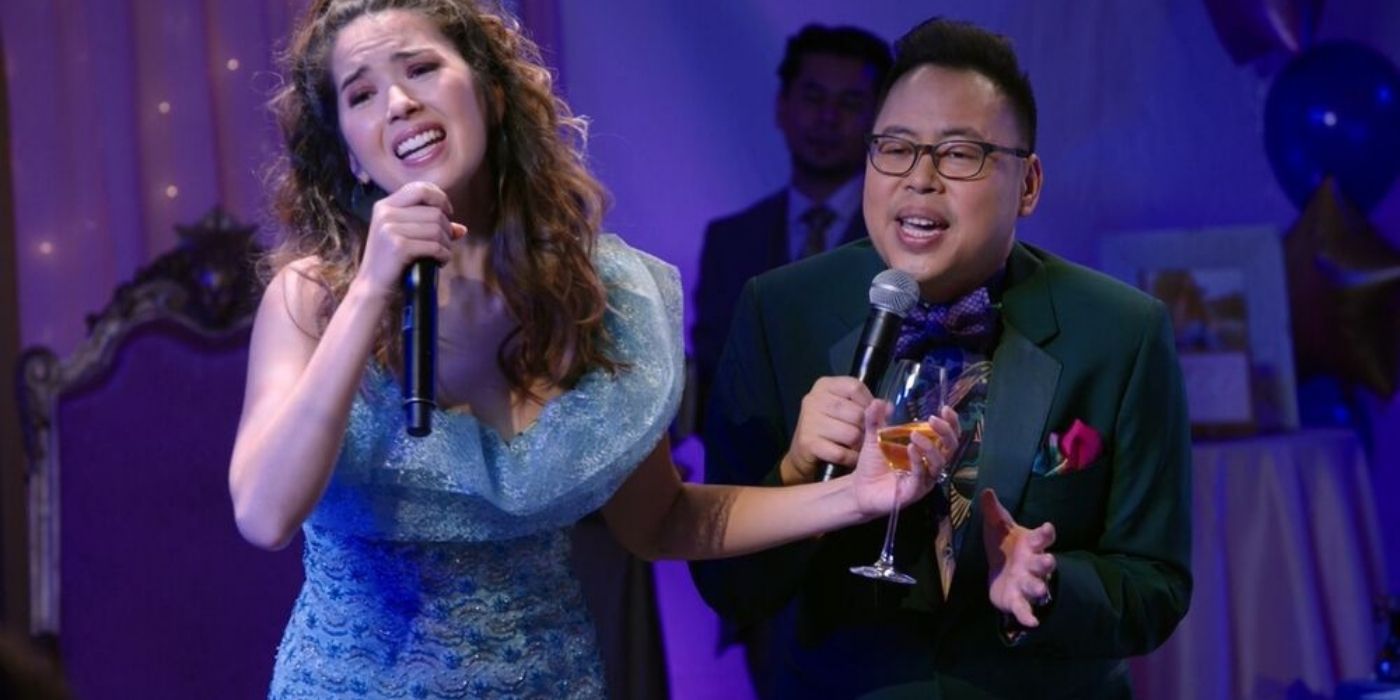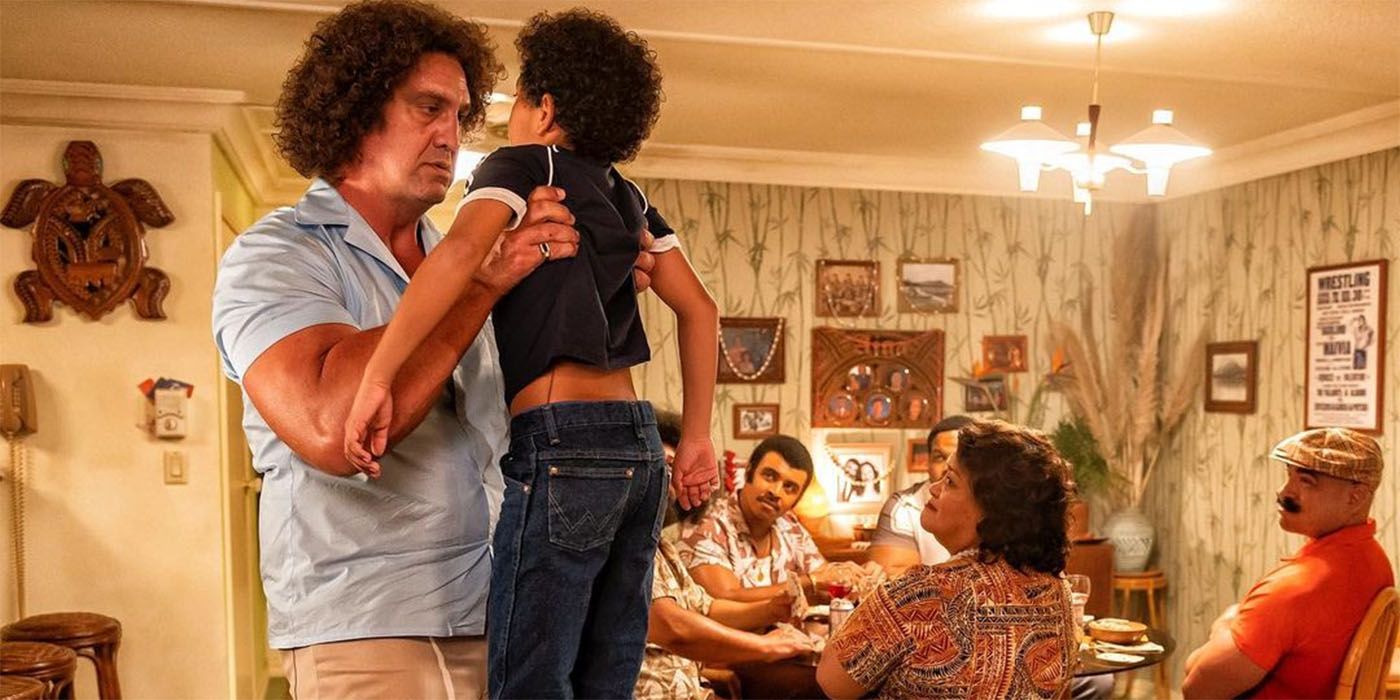There are so many common sitcom tropes that the 2020s has seen several new sitcoms that actually poke fun at them in unique ways, from Kevin Can F**k Himself to WandaVision (there were, in fact, tons of sitcom tropes in WandaVision's first two episodes alone). Many sitcom tropes have been used, and overused, for decades, but some continue to endure to this day.
It's no surprise that since the 2020s saw the revival, reboot, or spin-off of many sitcoms from the past that several of the common tropes have found their way back to television, while many never left. There are a few in particular that stand out.
The Bumbling Dad
Despite pushback against the common sitcom trope of the bumbling, goofy dad, it continues. Thanks to characters that came before them like Hal from Malcolm in the Middle and Phil from Modern Family, the goofy dad character persists. In fact, Modern Family is known for using (though also avoiding) many sitcom tropes.
From Dave in The Neighborhood, the overly optimistic and enthusiastic white man living in a predominantly Black neighborhood, to Family Guy's Peter Griffin, the bumbling dad is seen over and over again, whether it's a main or supporting character.
The "Serious" Episode
Every sitcom these days has that "serious" episode that deals with tough topics, usually something that is current and mirrors what's happening in real life. During the 2016 election, Black-ish had an entire special episode centered around it. That series has also tackled plenty of serious topics, typically involving racism but also others like the COVID-19 pandemic, adding a dose of humor to keep things light.
The Conners, spin-off of Roseanne, is known for covering serious topics as well, typically those that revolve around the typical middle-to-lower-class American family and challenges they face.
The Uptight Person
While sitcoms are designed to elicit laughs, many of them from the 2020s has that one person who is uptight. Sometimes, it's a neighbor or friend from work. Oftentimes, it's the mother or particular child.
In Workin' Moms, for example, that person is Anne, a psychiatrist who is seemingly always wound up due to stress from her job and kids. In Girls5eva, it's Gloria, who discovers that her propensity for being so uptight stems from her having to hide her sexuality for so long when she was in the girl group.
A Dysfunctional Family
The beauty of most sitcoms is that the family is never picture-perfect: there's always some dysfunction to which viewers can relate. While it's more pronounced with some sitcoms than others, in some cases, the dysfunction is taken to a completely different level.
The Moodys, for example, plays perfectly into this trope with even the series' name signifying the dysfunction within the family. From the one brother who still hasn't figured out his life to the other brother who can't seem to settle down in love, it's all about two parents trying to deal with their adult kids.
The Adult Sibling Rivalry
The sibling rivalry is one of the most commonly seen tropes in Disney Channel shows. when it comes to the 2020s and other networks, however, the concept has shifted to adult sibling rivalries. One of the most notable new series that features such a trope is Home Economics. In the series, three adult siblings are all in different financial positions in their life, with the elder two jealous of the rebellious younger brother who ended up becoming the wealthy and professionally successful one.
Oftentimes, if the sibling isn't a main character on the series, there's inevitably an episode or two where they pop up to cause trouble and the main character is annoyed by their appearance.
Laugh Tracks
Speaking of The Conners, it's one of many sitcoms from the 2020s that still features the signature laugh track that became so popular with sitcoms of the '80s and '90s. Typically found within shows that are filmed in front of a live studio audience, the laugh track celebrates jokes so viewers at home feel that others are laughing along with them.
Many family sitcoms, often ones that take place predominantly in a home, feature the laugh track. That includes new ones like United States of Al as well.
The Mean One
There's inevitably one person on every sitcom who could be considered the "mean" one, whether it's a tough parent, neighbor, friend, or nemesis. On Seinfeld, for example, Newman was the mean one. With more current sitcoms, it's someone like Grace from Grace and Frankie.
Even though Grace has warmed to Frankie and they have become best friends, she remains the "mean" one who insults others, tries to avoid her kids, and isn't as low-key and calm as Frankie is.
The Goofy/Clueless/Self-Deprecating Person
Along with the goofy dad, there's also the clueless person on every 2020s sitcom, who might be a supporting or main character. In One Day at a Time, for example, it was the landlord Schneider who would often pop-in unannounced and act like he was part of the family. He had quirky habits and while he wasn't necessary clueless, he could be goofy at times.
Dr. Berkowitz from that show would also fit the mold. Despite this, Schneider and Dr. Berkowitz were both the nicest characters on One Day at a Time. Additionally, in B Positive, Gina, who decides to donate her kidney to an old acquaintance, is portrayed as being a clueless party girl.
Party Episode
Every sitcom has an episode where there's a big event or party, often to celebrate a particular occasion, be it Halloween, Christmas, or a birthday. Superstore, for example, had an episode that took place almost entirely in someone's house during a Golden Globes Party.
Typically, some kind of drama or mishap occurs at the party, whether its teenagers throwing a bash when their parents are away only to be caught in the act, adults fighting, or someone getting into trouble. Despite the repetitive nature, the "doomed teenage party" is one sitcom trope fans aren't sick of yet.
Flashbacks And Time Jumps
Whether it's meant for humorous or dramatic effect, many 2020s sitcoms include the common trope of having a flashback scene. Sometimes, it's a flashback to a moment in the recent past, other times, it's a flashback to when the adult characters were kids.
This is certainly the case with sitcoms that are reboots or revivals of previous series, like Peacock's Saved by the Bell revival, which includes plenty of flashbacks to the original series. The same goes for the Fuller House sequel series. Young Rock actually jumps among different timelines, going from the lead character Dwayne Johnson in the future to his time in grade school, high school, and college.

